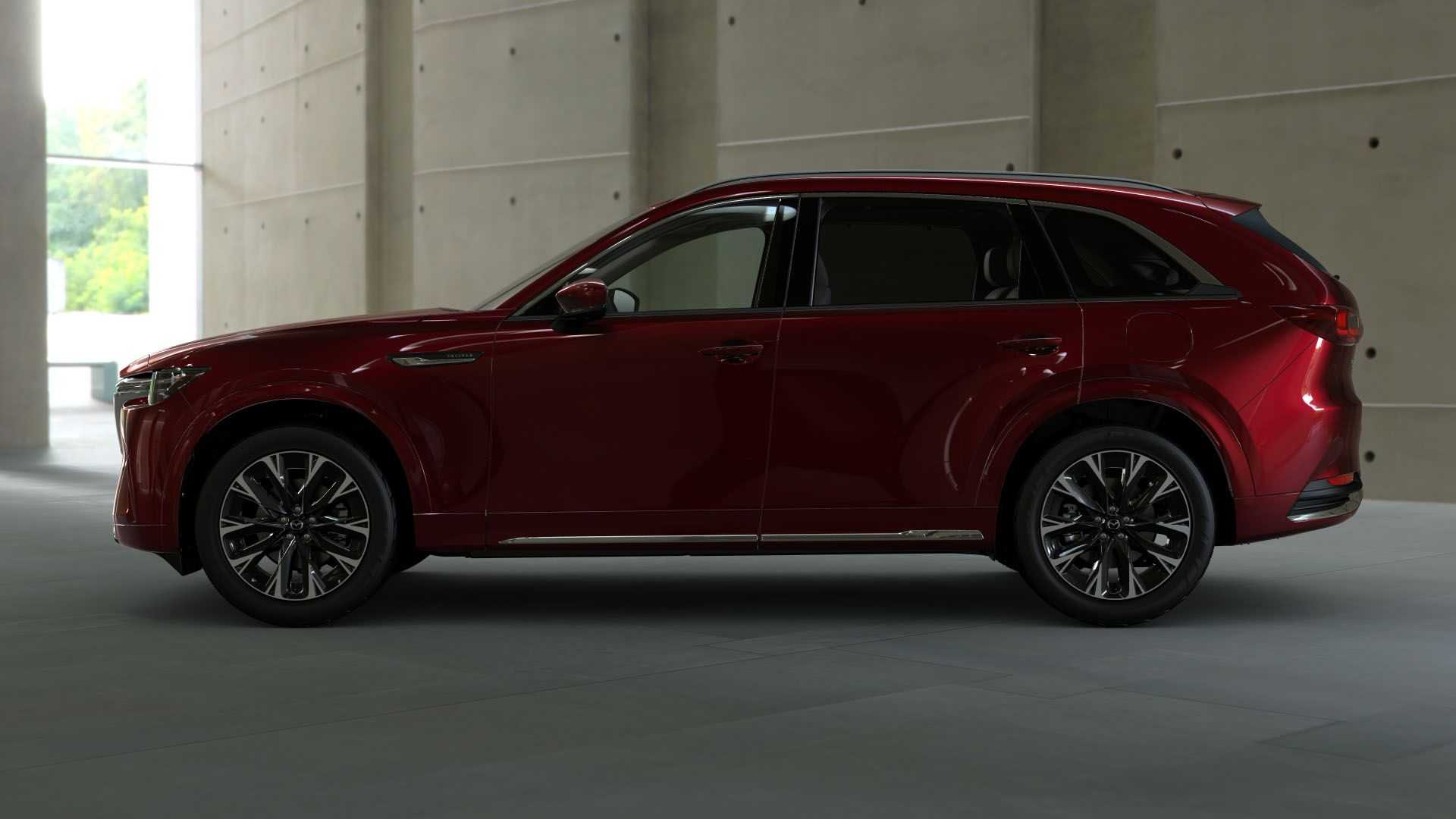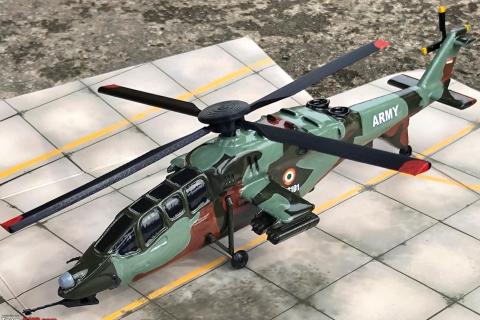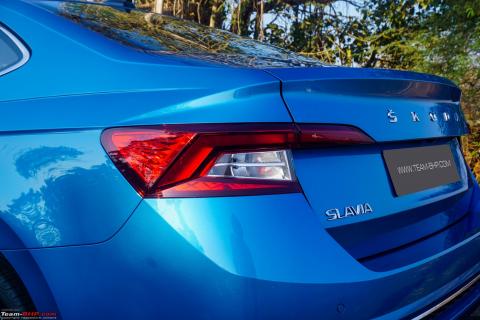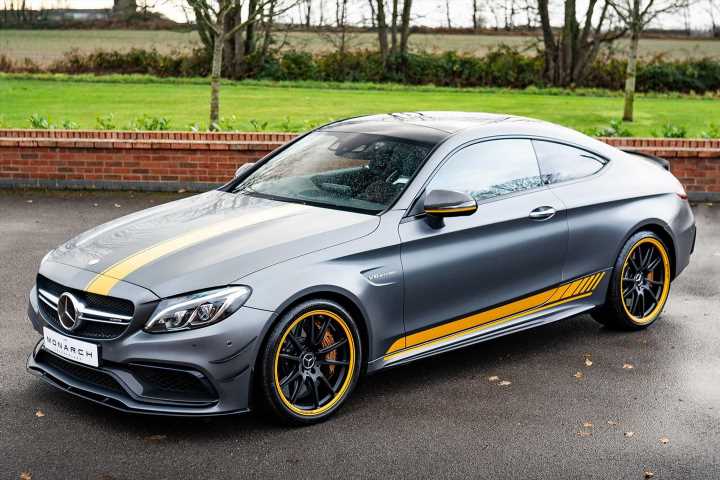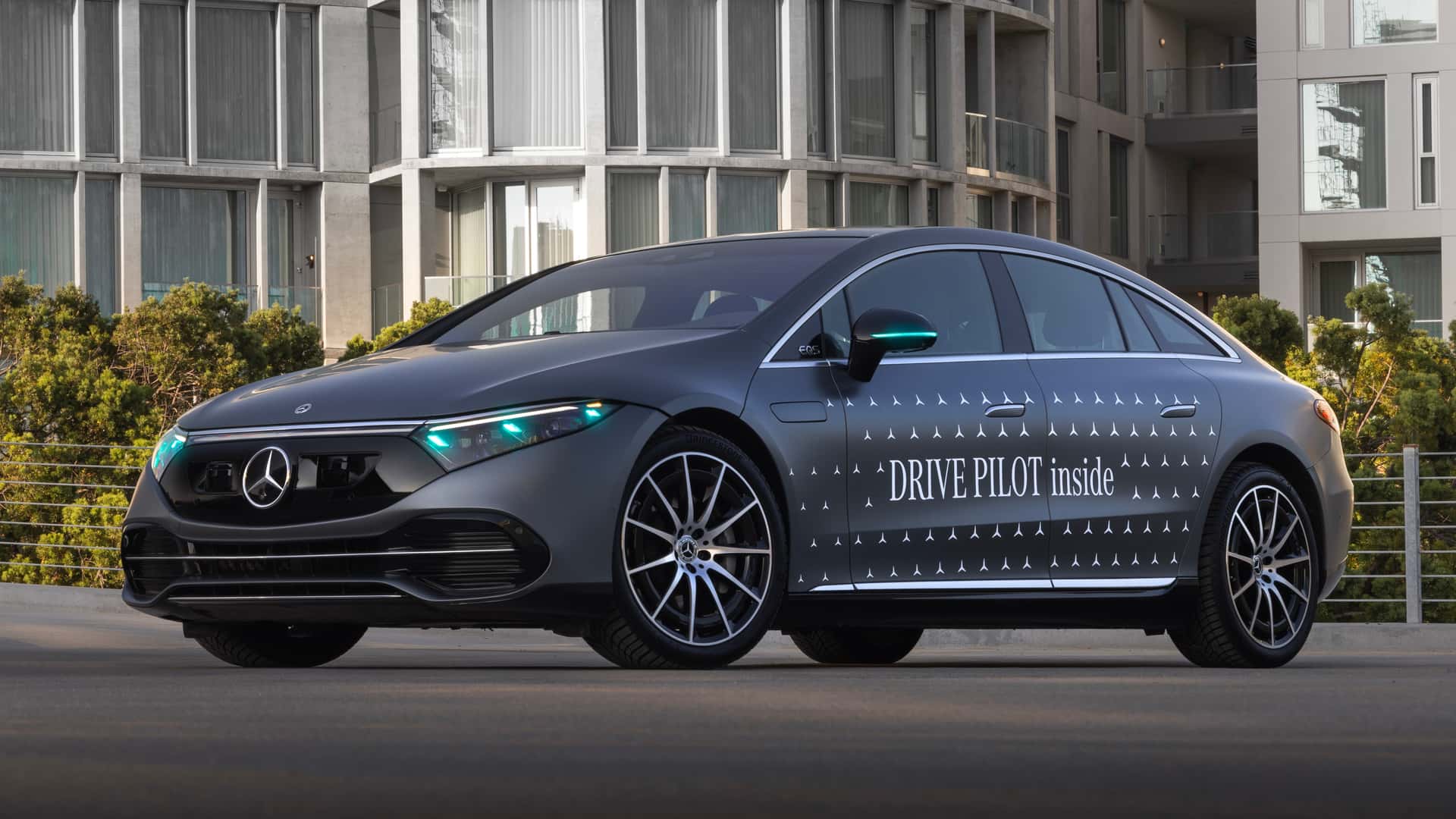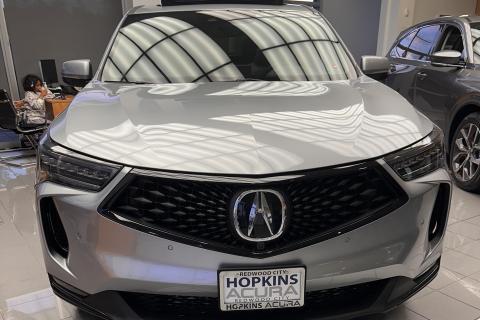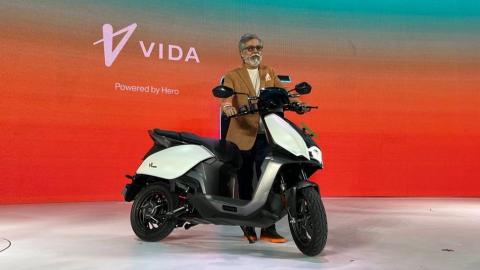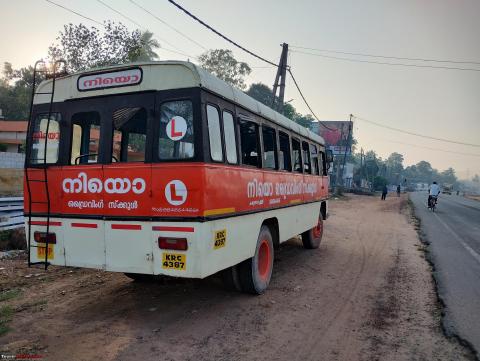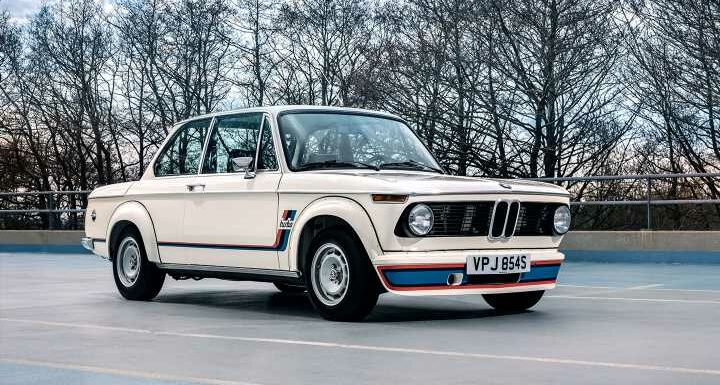
Europe's first turbo production car is 50 in 2023 – and still a wild little ride
By Matt Bird / Friday, 25 August 2023 / Loading comments
Time moves fast when it comes to technology in BMWs. Doesn’t seem along ago the F10 M5 was pilloried for its joyless, uninspiring turbo V8 – a decade later it powered the epic CS. The 1M ‘wasn’t a proper M car’ in 2011, yet by 2020 the same thinking had created the M2 CS, which was undoubtedly one of the best. The 2002 Turbo represented another huge tech leap for performance BMWs with that KKK blower; it was a significant move for the industry, in fact, as Europe’s first production turbo car. But it wasn’t to be built on, improved and accepted in time, with just 1,672 made in two years. Punchy turbo two-doors from BMW wouldn’t really return to the line up until models like the 1M.
It’s not hard to understand why. Obviously it would have been great for many more Turbos to have been sold (might have kept them a bit cheaper now, too), but it just wasn’t the car for a fuel starved Europe in the early 1970s. A small BMW saloon that could only be outrun by a 911 Carrera is cool as anything, if some way from a rational, sensible purchase. Which were the only kind of cars being bought 50 years ago. When Germany went as far as enforcing autobahn speed limits and bans on Sunday driving, it’s a surprise a vehicle as wantonly pleasure seeking as the Turbo sold any units whatsoever.
Especially given it was such a pugnacious little tyke to look at, too. Rumour has it that there was such outrage at the early press cars being daubed with the reverse ‘2002 Turbo’ font on the front splitter that they were removed for customer deliveries. It was a much more bashful time, and a compact BMW – years before the idea of an M car had been introduced – with arch extensions nailed on, stripes down its side and a bootlid spoiler (heaven forbid) wasn’t so much OTT as OMFG. This just wasn’t what anyone did, let alone little old relatively unknown BMW. A small sports saloon was a Dolly Sprint, not something this rude.
The upside of a look so outrageous half a century ago is that this dinky little BMW still has impact today. You’ll never walk past a 2002 Turbo without stopping, such is its star quality. Because there are recognisable styling cues from later cars – early 3 Series and the like – melded with those unmistakeable details that mark it out as something special. There’s never going to be a time that a 2002 Turbo doesn’t look cool as heck. Out there at the time can work well years down the line, so maybe that’ll work for some later models as well…
BMW’s heritage car wasn’t quite 100 per cent when we drove it, misfiring slightly, but was more than drivable. The first thing that grabs the attention is just how long the gears are for the 170hp 2002; some had five gears but the example you see here makes do with just the standard four. And it seems very unlikely that the 130mph maximum is the limiter in top, for some idea of how far each ratio is reaching. It can make the Turbo seem positively tame, the combination of off boost performance as you let it warm up and such long gears make it borderline docile.
The impression doesn’t last long. With some temperature, time and space, there’s chance to run out second gear – and have turbo lag completely redefined. Until 4,000rpm it feels very much the 2.0-litre four-pot with its roots in the 60s, which is to say rather ordinary. You don’t need the tacho to know, either, as the frenzy of fizzing and whooshing from under the bonnet tells you the magic number has been reached. It’s so exciting, waiting for a go faster jack in the box that you know has to come eventually, reaching further into the long travel throttle before getting that hit.
Well, sort of. The clutch is slipping in this one – pity. Maybe just one more go, to be sure. This time the surface isn’t so smooth and the road not as straight, and it’s not clutch slip at all – it’s wheelspin. Of course it is, because it’s a madcap little car. Keep the throttle in and traction is soon regained, then it romps along even harder to something like 7,000rpm. It’s the kind of turbo rush expected from an 80s’ supercar, not a humble old BMW saloon. It must have felt like having two engines in the early 70s.
Even today, and even maybe not 100 percent, it’s a rapid little car on boost, weighing in at under 1,100kg. Acceleration is aided, in fact, by a short, sharp, slic… just kidding, it’s a BMW manual like all the rest. So there are quite deliberate pauses between the ratios, but then it can be quite nice to have a pause from the onslaught. In being one of the cruder turbo installations – somewhat inevitably, as the first one – the 2002’s power delivery is unforgettably thrilling. That being said, the nature of that performance combined with rudimentary suspension (including a semi-trailing link rear axle), slow, manual steering and what 2002s are now worth prevented much further exploration of what it could do. Call it due deference to a few other factors – it’s easy to imagine one or two Turbo whoopsies occurring by accident.
Merely scratching the surface of what the 2002 is capable of is sufficient to be pretty enamoured by it, however. It’s easy to forget in the era of turbos mostly being used for the sake of efficiency just how exciting the potential of boosted performance was, a reputation built on cars like the Turbo and their explosive nature. Nothing drove like a 2002 Turbo before 1973, and this little hot rod must have blown the socks off everything and everyone 50 years ago – which is cool. This is before any kind of Golf or 205 GTI, and it’s miles faster. Early E30 M3s can’t be any quicker than this 2002.
Shame it’ll now cost M3 money to experience both a forced induction and a BMW icon. There are contributing factors, of course – there were never very many, and that on-off boost must have claimed a few – but enthusiasm is inevitably tempered, as with so many cool old classics now, by the price of admission. They’re £100k cars, put must simply, which is a bit scary. They aren’t any cheaper on the continent; one example that looked a tad more affordable at £75k was merely listed at a lower auction estimate. So now probably isn’t the time to making any money on a 2002 Turbo, then; for making some memories over the next 50 years, however, even at moments you hadn’t fully intended to, the original BMW scallywag saloon will do the job in style.
SPECIFICATION | BMW 2002 TURBO
Engine: 1,991cc, four-cyl, turbocharged
Transmission: Four-speed manual, rear-wheel drive
Power (hp): 170@5,800rpm
Torque (lb ft): 181@4,000rpm
0-62mph: 6.9 seconds
Top speed: 130mph
MPG: N/A
CO2: N/A
On sale: 1973-1975
Price new: 18,720 marks
Price now: c. £100,000
- BMW M5 CS (F90) | PH Heroes
- BMW 1M | Rise & Drive
Source: Read Full Article
